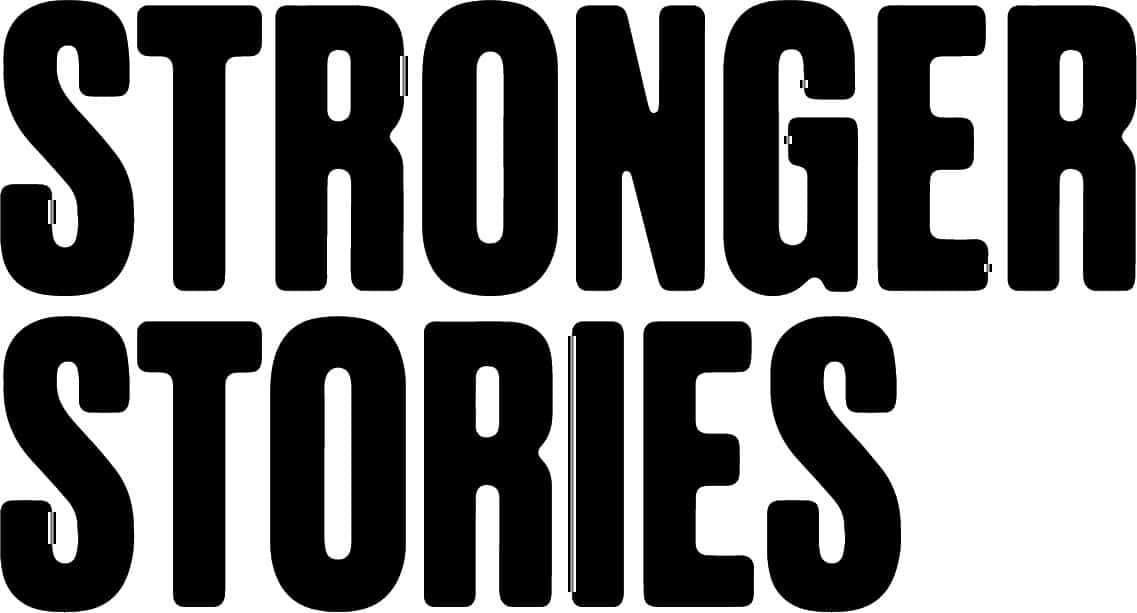
What heroes and villains across cultures can teach us
- Written by Rosie Ngugi Ngugi
From caped crimefighters to the megalomaniac mastermind, societies around the world have always used storytelling to celebrate good and condemn evil. This phenomenon is called Literary Darwinism – stories come packaged with moral lessons and help us learn effective survival strategies. In this light, we identify with heroes, whilst villains become manifestations of dangers in the real world.
Although stories serve the same purpose across the world, they are shaped to reflect the culture in which they are told. However, with globalisation, there has been a blurring of storytelling traditions, notably a heavy Westernisation of the hero and villain dichotomy. So, what can we learn from storytelling across cultures, and how can it strengthen the impact of our stories?
In very generalised terms, storytelling techniques differ within and across Western, Eastern and Indigenous societies:
1. Western Storytelling
Western story structure is a product of Ancient Greece. Its rocky landscape didn’t work for large-scale agriculture; Greeks had to be self-reliant to survive. So, individualism sprung from the terrain and was centred in storytelling that focused on individual heroes. This led to sharp distinctions between heroic protagonists who would have to steer away from evil and overcome their ‘dark double’ counterparts, villains standing in the way of their success.
Another characteristic of Western-Eurocentric stories is the three-act structure. Aristotle labelled this the beginning, middle, and end (aka crisis, struggle and resolution). We can see this in all famous blockbusters, but this form dates back to Greek myths that often featured a single hero on a journey battling monsters and overcoming obstacles eventually gaining rewards and returning home.
2. Eastern Storytelling
In contrast to Western storytelling, oftentimes there is no clash in Eastern storytelling. For example, Kishōtenketsu (intro, development, twist, conclusion) is a four-part structure commonly used in Chinese, Korean and Japanese stories. By offering a twist, it doesn’t rely on conflict and instead concentrates on character development.
As opposed to Greece, China’s fertile landscape needed group endeavour creating a culture where teamwork was a necessity for survival leading to Collective Theories of Control. Because of this, there doesn’t tend to be an individual hero in Eastern stories, alternatively deeds are achieved in groups and perspectives of many different characters are displayed, encouraging the audience to figure out aspects of the story on their own. This creates less of a hero and villain dichotomy, in fact, many stories don’t prescribe an actual villain – the antagonists are either good people who are misled, or conflict manifests as angered nature and spirits.
3. Indigenous Storytelling
Similarly to Eastern stories, Indigenous storytelling overtly incorporates nature and often doesn’t have villainous characters, rather plot points are delivered via animals. In a five-act structure, almost all Indigenous stories take the view of people and their environments living cooperatively; a story is not complete until the character and land are in balance.
A key protagonist in Indigenous storytelling is Mother Earth, where communities work together to become custodians and protectors to sustain this key character. So, stories define ways that groups of people work together rather than focusing on siloed successes.
Moving to Nuance
Western storytelling patterns are the ones that we’re most familiar with, but they have their limitations today when society’s toughest challenges are complex and systemic, and solving them requires communities of people learning to work together in new ways, journeying towards an unknown destination.
More and more new ways of understanding these storytelling tropes are cropping up in popular culture, for us to be inspired by. From anti-heroes and calls to ‘hear the villain out’ (e.g. Cruella, Killmonger, Nurse Rached), to frameworks that show different scales of good and evil, it’s clear that diversifying our stories opens up endless possibilities. Here are some starting places:
- Like Kishōtenketsu, allow for an open conclusion where people can apply their own ‘happy ending’ to the story, this will encourage more people to get on board.
- Avoid singularity and being prescriptive. Instead, identify your hero / audience / community through a mindset or values that unite them.
- Don’t position one specific person or industry as your villain, instead think of the specific attitude that prevents change from happening.
You either die a hero or live long enough to see yourself become the villain
Dr Mark Carrigan, Digital Sociologist
Share:
Grow Your Good Idea Faster
New ideas are precious. Win support by learning how to create and tell a stronger story – sign up to join for free.

Related posts
Changing the Narrative in Education
Today (Monday 25th January 2021) is UNESCO’s third International Day of Education. The COVID-19 pandemic has...
Tactics to ignite brand love
Through the power of design, personality and behaviour, brands move and excite us to feel love and loyalty. But there...
Earthshot 2021: A Shot of Hope
I cry at everything. It’s actually an infuriating affliction, reading the paper on the train is dangerous – any...
Learn from the strongest stories about change
Sign up here to receive our monthly newsletter that explores great storytelling about brilliant ideas. Don’t worry you can unsubscribe at any time.
We’re working hard to walk the talk.
We’re proud to be have been awarded The Blueprint and B Corp status in recognition of our work towards creating a better world.

